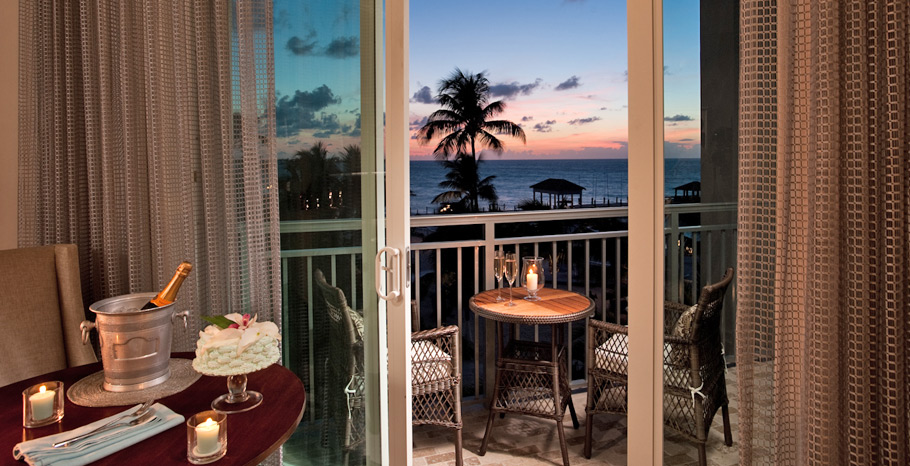It’s hard to not love the idea of an all-inclusive vacation. Arrive at your resort and everything you do from that point on is already included and you can just go about enjoying your vacation without giving a thought to paying for anything. Sounds pretty great right? Your accommodations, unlimited food, drinks, activities, and entertainment are all included in the booking price of the resort. Everything has been paid for in advance and you likely will have little to no need for your wallet throughout your trip.
But.
All *all-inclusive* resorts aren’t created equal, and they vary in the benefits they include in their vacation packages. And this is very important to know before you book because no one wants to arrive at their resort, expecting everything to be included, only to find out that a good bit of what you want to do – or eat – or drink -isn’t included and will come at an additional cost!
The key is to do your research in advance, because not only can the included options vary, but the quality of these options may vary as well. Some resorts include meals and drinks as part of their all-inclusive package, while other things like tours and water sports must be paid for separately. Others may *include* dining, but only at one restaurant – and you’ll pay extra if you want to dine at any of the other (usually better) restaurants.
All-inclusive means different things depending upon where you go.
And it can get even more confusing when you see things like “a la carte” or “half board” or “full board” when referring to what a resort includes. Here’s how some of these options compare to an all-inclusive resort.
- All-inclusive vs A la carte – All-inclusive resorts typically cover lodging, daily meals, drinks, gratuities, and other services. A la carte resorts, as the name suggest, allows you to select what you want or need for your vacation, rather than a getting everything at a fixed price. While this may seem like a great option, in reality it often means you’ll ended up paying more than expected, at the end of your vacation.
- All-inclusive vs Half-board – Half-board properties tend to include some options and services, and not others as part of your package. For example, two meals, such as breakfast and lunch may be included, but not snacks, drinks and dinner. This is very different from the all-inclusive option where all meals and drinks are included in your stay.
- All-inclusive vs Full-board – Full-board means that you can expect most meals to be provided as part of your stay. Some full board hotels charge extra for things like (alcoholic) drinks and snacks, which is a big difference from all-inclusive hotels and resorts.
So, what does this mean for your vacation?
One benefit of a true all-inclusive resort vacation is knowing that everything is paid for in advance. An even greater benefit of a good all-inclusive is the *value* of what is included – what are you getting for what you are paying? While the price tag may seem a bit higher at first glance when compared to other resorts, as you can see, you’re often not comparing apples to apples. So, make sure that the price you pay truly includes everything, and if it doesn’t, know what you’ll have to pay extra for. (And then do the math to see what those extras are likely to cost you – because when you add everything up, you may find that you’ll end up paying more than you would at a true all-inclusive!
It can be easy to assume that all-inclusive means the same thing for everybody, and that what you get at one resort is what you’ll get at all. But that’s just not the case – so buyer beware! Know what you’re looking at, and then ask your travel agent for help determining what you’re getting for what you’re paying.
Some “all-inclusive” resorts are worth the money, and some are not. Make sure you know the difference before you book!
Learn how the FREE services of a travel agent can make planning your vacation simple and STRESS FREE!
